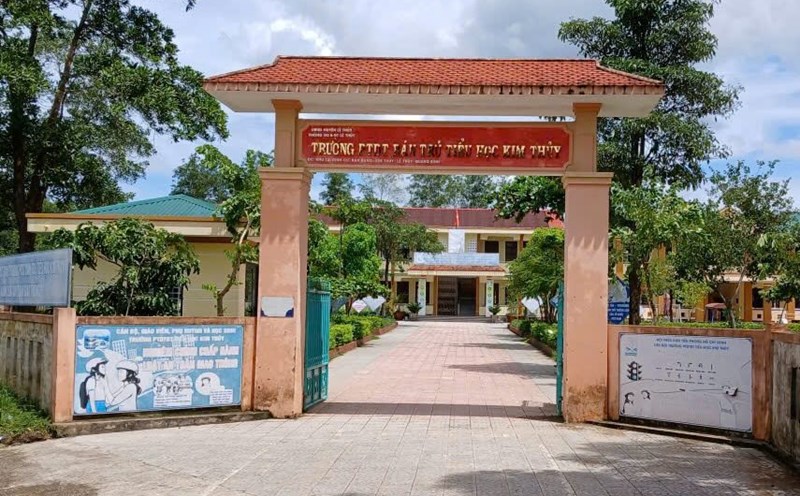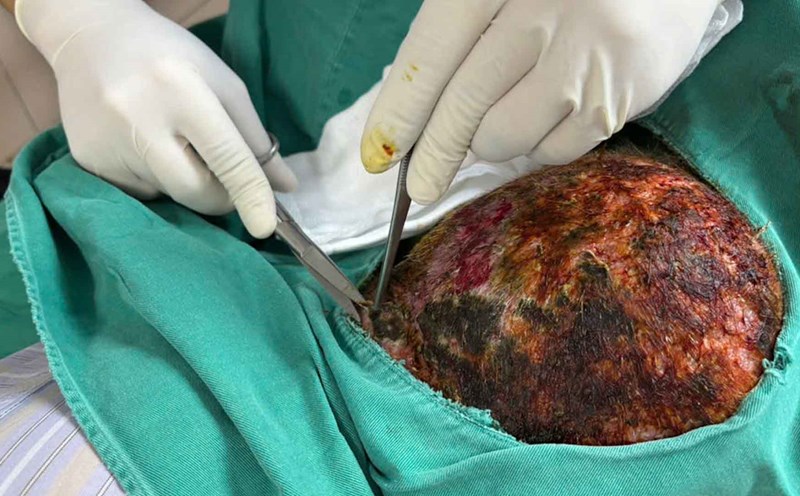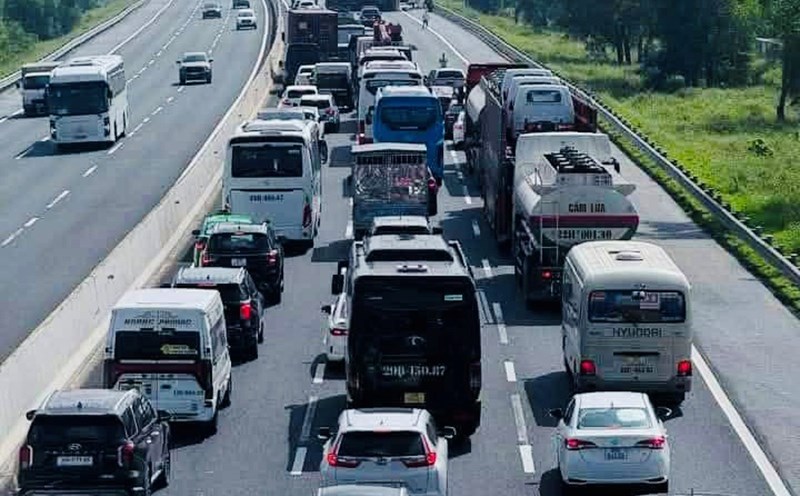According to traffic experts, adjusting the Law on Traffic Safety and Order to enhance data management and effective exploitation not only protects passengers but also contributes to improving traffic safety. In reality, the installation of journey monitoring devices and cameras on passenger vehicles in recent times has helped detect and promptly handle many violations, thereby improving traffic order and safety. Therefore, expanding the installation target to a group of vehicles with less than 8 seats is reasonable, especially when this type accounts for a large proportion of urban transport activities.
Equipping monitoring equipment not only helps authorities accurately grasp the operation data of each vehicle but also supports businesses in managing fleets and raising driver awareness. When the system is deployed synchronously, the journey monitoring device and camera in the cabin will make transportation operations transparent, helping to handle violations in a timely manner, protecting the rights of passengers and drivers.
However, the important thing is how to use data effectively. Currently, many new systems have stopped at the "collection" level without being analyzed and deeply applied. Businesses have to spend tens of millions of VND on equipment, maintain transmission lines, and store data, but most of the data is "standing still" in warehouses, not bringing real management value. If not fully exploited, this will be a cost burden instead of a smart management support tool.
Therefore, along with expanding the installation subjects, the management agency needs to issue regulations on effective data exploitation, sharing and use. When data is analyzed and responded to in a timely manner, it will become a clear demonstration of the effectiveness of the policy, creating trust for businesses, drivers and passengers.
In addition, it is necessary to encourage transportation businesses to apply Big Data analysis technology and artificial intelligence (AI) to identify dangerous driving behavior, promptly warn of violations and optimize operating schedules. When data is used intelligently, monitoring devices will no longer be a "burden" but an investment that brings long-term benefits to both businesses and society.
Speaking to Lao Dong Newspaper reporter, Mr. Nguyen Van Quyen, Chairman of the Vietnam Automobile Transport Association, said that installing journey monitoring devices and cameras is reasonable but needs to perfect the institution and specific assessment. Currently, these devices are not on the list recognized as the basis for administrative sanctions, nor is there any regulation on periodic inspection of accuracy. Therefore, data is mainly for internal management and has not enough legal value. Meanwhile, the cost of installing and maintaining these two devices is about 200,000 VND/month/vehicle, causing pressure on small businesses.
"It is necessary to re-evaluate the efficiency of use, clearly identify the subjects of compulsory installation, have preliminary and final instructions before expanding implementation to avoid waste", Mr. Quyen emphasized.
From the perspective of the enterprise, Mr. Nguyen Cong Hung - Deputy General Director in charge of External Affairs of Mai Linh Group said that the Ministry of Public Security's proposal to stipulate that vehicles with less than 8 seats must install journey monitoring devices and cameras is appropriate because transportation is a conditional business sector. "Enterprises benefit from having tools to control their journeys, service quality and protect customer rights," said Mr. Hung.
However, Mr. Hung also said that there needs to be a specific roadmap and regulations, because the Hanoi Tax Transport Association alone has over 10,000 vehicles, and Mai Linh alone has more than 1,000 vehicles, so the simultaneous investment is very expensive.
In short, installing journey monitoring devices and cameras for vehicles with less than 8 seats is a step in the right direction, in line with modern management trends. However, to promote the policy effectively, it is necessary to shift from "management by equipment" to "data management" - where data is scientifically exploited, practically serving traffic safety and people's rights.












